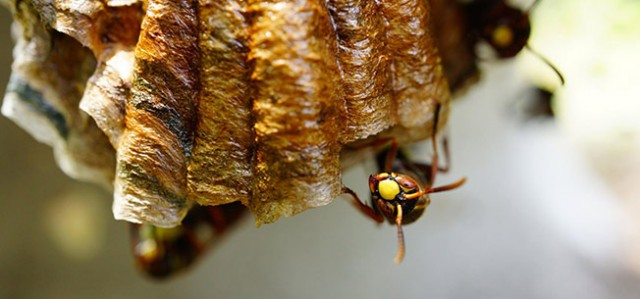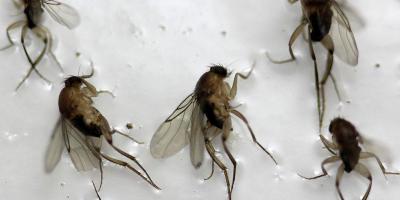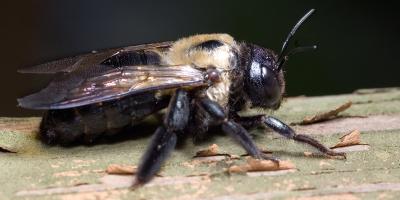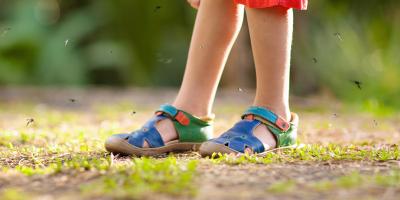In The Ground Or Upside Down: Identifying Your Wasp Problem

As it always tends to do, the summer is coming to a close before anybody is ready for it to be over. By now, you’ve raced past all the heat and it’s time to settle into cruise control until the fall. In New England this means waiting for the leaves to change and, unfortunately, battling wasps until they die off in the winter. We have a lot of customers swarming to us about wasp issues whenever this time of year hits, and our best advice is to identify which type of wasp is really bugging you in order to safeguard yourself from getting stung.
The sting behind summer’s sweetest months, for the most part, comes from yellow jackets. They’re bright, they’re bullies, and they’re bold. Yellow jackets are aggressive scavengers that won’t wait on an invitation to crash your picnic party for a quick sugar fix. Paper wasps, another very common pest in New England, are quite the opposite. They’re darker in color, they’re actually helpful, and they’re more reclusive.
While both species are predatory omnivores, paper wasps predominantly prey on garden pest insect larvae. This means that while yellow jackets are sipping soda at a nearby checkered blanket, paper wasps are off in the garden helping rid it of unwanted pests. Don’t worry, you don’t have to have a picnic to determine which wasp problem you have.
The First Step Is To Watch Yours
To identify the pest you have to start by identifying the nest, and one is more difficult than the other. Yellow jackets tend to build subterranean nests while paper wasps build their nests suspended from eaves in your home and other protected locations high above ground. It’s important to consider that hornets also build suspended nests, but are more often found on trees or shrubs. Regardless of the location, all wasps will protect their nest if they feel threatened. While yellow jackets are more aggressive this time of year, paper wasps will not hesitate to sting away predators who jeopardize their nest.
A good rule of thumb for determining your wasp problem is: if you have yellow jackets you’ll see wasps, and if you have paper wasps you’ll see nests. Yellow jackets build nests with populations in the 1000s whereas paper wasp nests usually house less than 100 wasps. By sheer numbers alone, if you’re noticing a lot of wasps around your property, it’s likely to be a yellow jacket problem. With nests below your feet, they’re a much easier, and much bigger group of wasps to disrupt.
Worry About Both, Act On One
Wasp nests should be avoided at all costs, but that doesn’t necessarily mean they need to be removed altogether. Unless there’s a severe allergy in your household or the nest is in a particularly active place on your home, it’s best to leave paper wasps be. They actually do a lot more good for your property and gardens than they do harm. Pests that ravage home gardens, like hungry caterpillars, are kept in check by paper wasps who feed on their larvae. Yellow jackets’ aggressive tendencies make them a much higher priority in the battle against wasps. If you’ve identified a yellow jacket infestation, it’s time to act.
JP Pest Services offers full prevention plans that will control the obvious locations on a structure where nests are typically found, as well as providing on-call service to handle any additional locations where property owners discover additional nests throughout the season.



